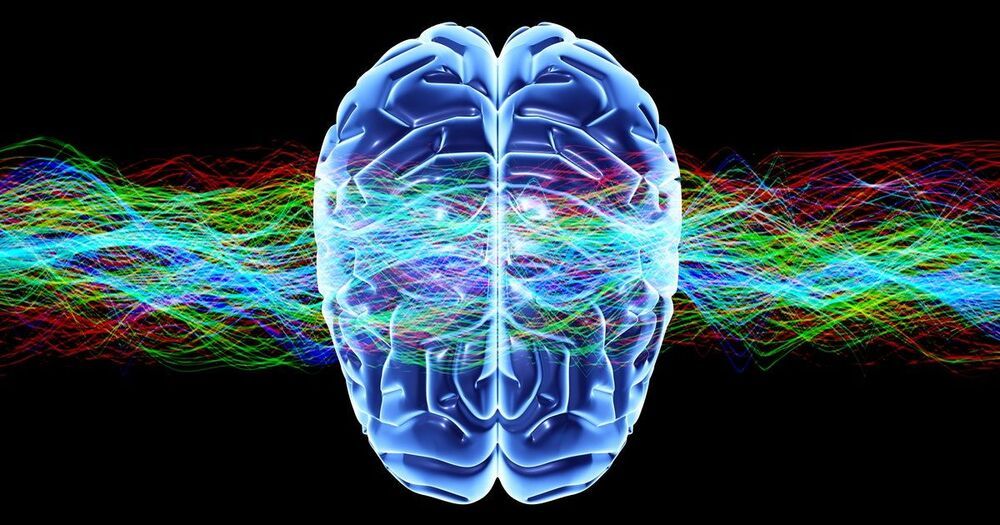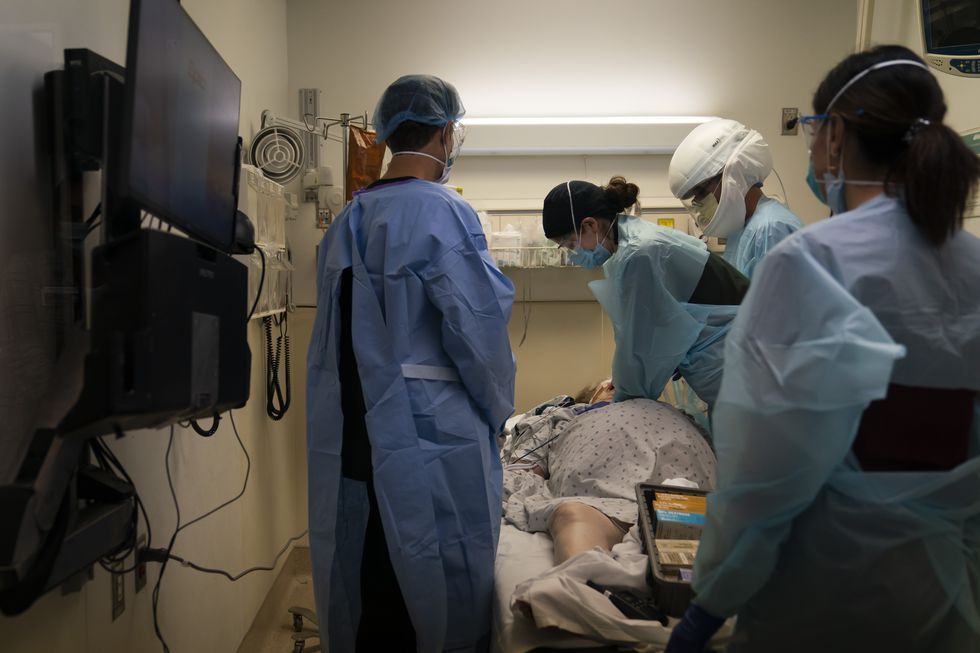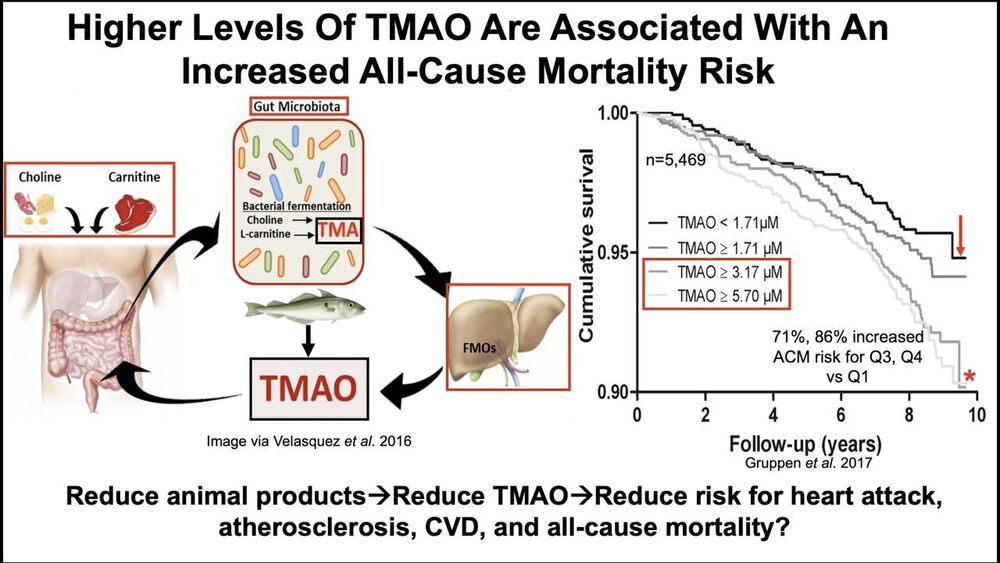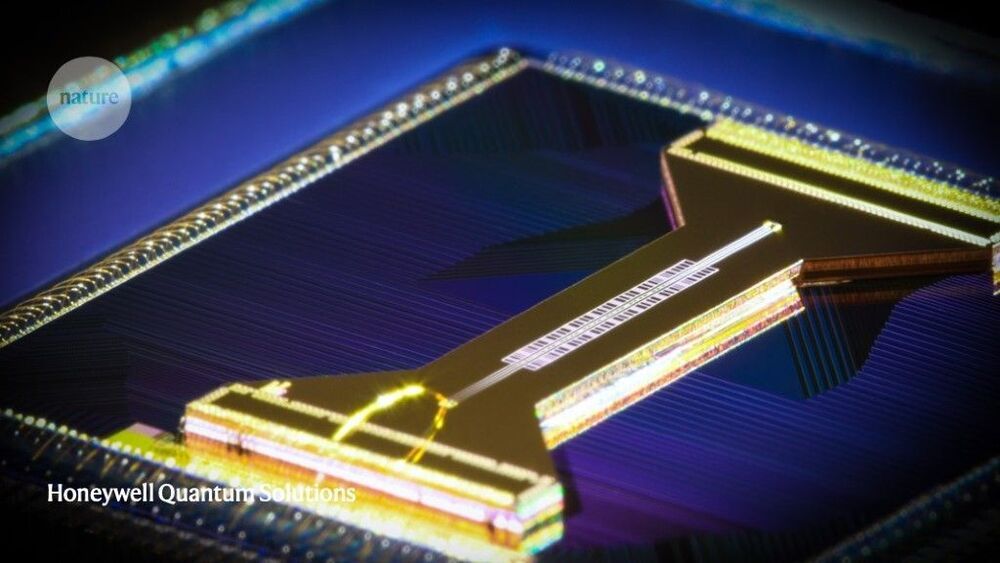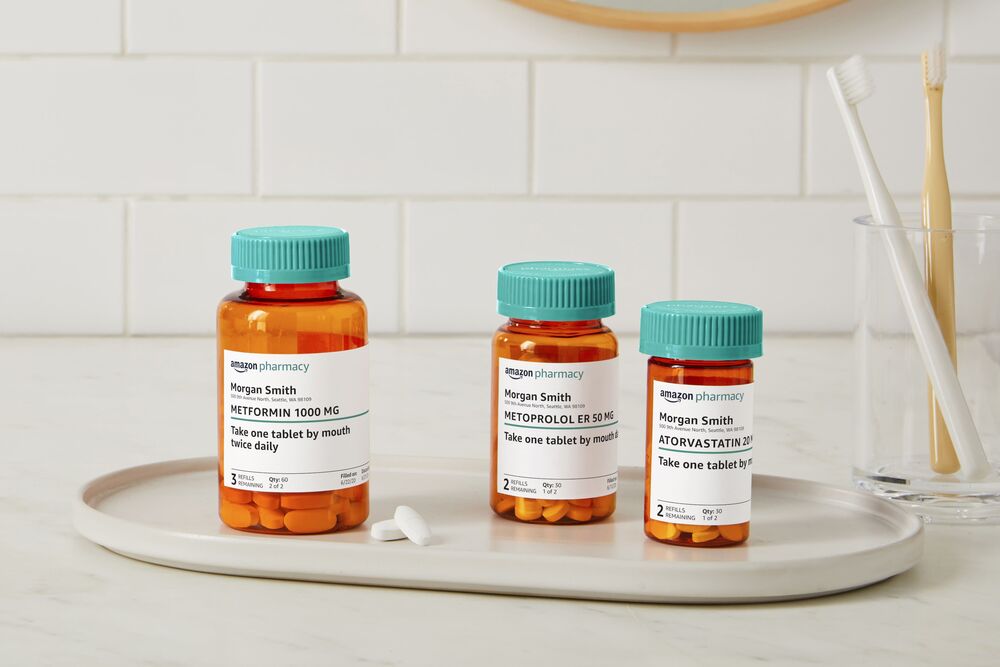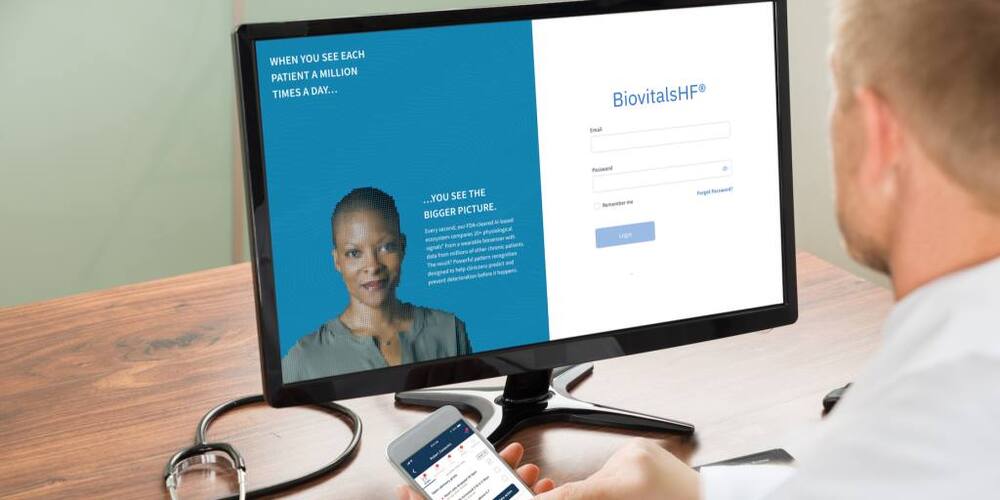Scientists studying the aerodynamics of infectious disease share steps to curb transmission during indoor activities.
Wear a mask. Stay six feet apart. Avoid large gatherings. As the world awaits a safe and effective vaccine, controlling the COVID-19 pandemic hinges on widespread compliance with these public health guidelines. But as colder weather forces people to spend more time indoors, blocking disease transmission will become more challenging than ever.
At the 73rd Annual Meeting of the American Physical Society’s Division of Fluid Dynamics, researchers presented a range of studies investigating the aerodynamics of infectious disease. Their results suggest strategies for lowering risk based on a rigorous understanding of how infectious particles mix with air in confined spaces.

